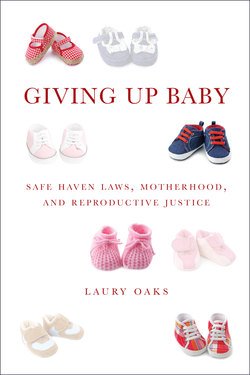Описание книги
“Baby safe haven” laws, which allow a parent to relinquish anewborn baby legally and anonymously at a specified institutional location—suchas a hospital or fire station—were established in every state between 1999 and2009. Promoted during a time of heated public debate over policies on abortion,sex education, teen pregnancy, adoption, welfare, immigrant reproduction, andchild abuse, safe haven laws were passed by the majority of states with littlecontest. These laws were thought to offer a solution tothe consequences of unwanted pregnancies: mothers would no longer beburdened with children they could not care for, and newborn babies would nolonger be abandoned in dumpsters. Yet while these laws are well meaning, they ignore the real problem: somewomen lack key social and economic supports that mothers need to raisechildren. Safe haven laws do little to help disadvantaged women. Instead,advocates of safe haven laws target teenagers, women of color, and poor womenwith safe haven information and see relinquishing custody of their newborns asan act of maternal love. Disadvantaged women are preemptively judged as “bad”mothers whose babies would be better off without them. Laury Oaks argues that the labeling of certain kinds ofwomen as potential “bad” mothers who should consider anonymously giving uptheir newborns for adoption into a “loving” home should best be understood asan issue of reproductive justice. Safe haven discourses promote narrow imagesof who deserves to be a mother and reflect restrictive views on how we shouldtreat women experiencing unwanted pregnancy.
